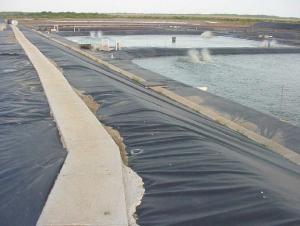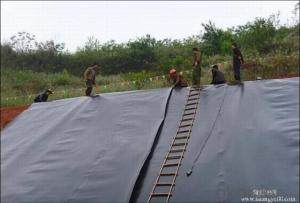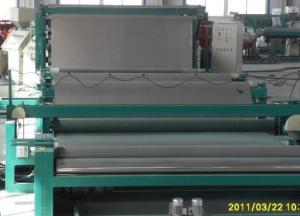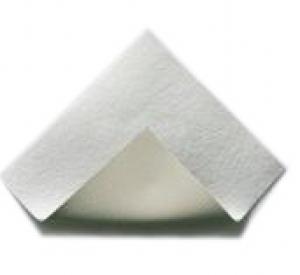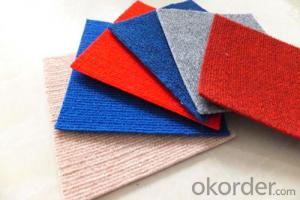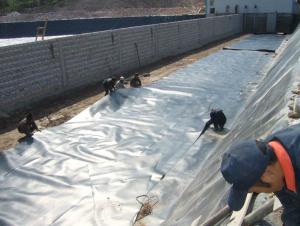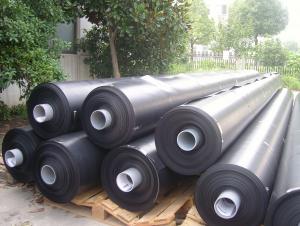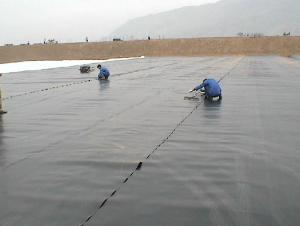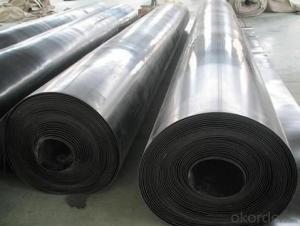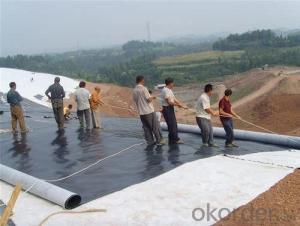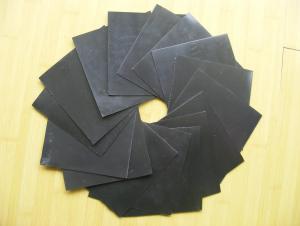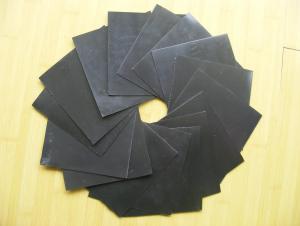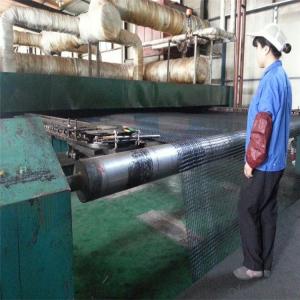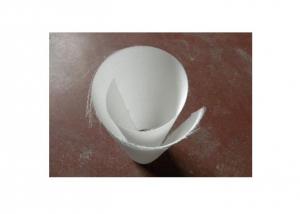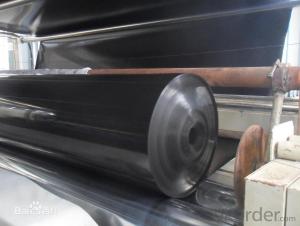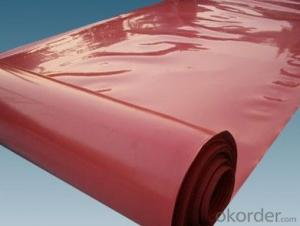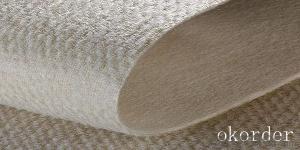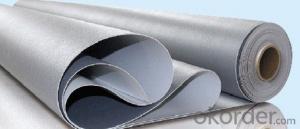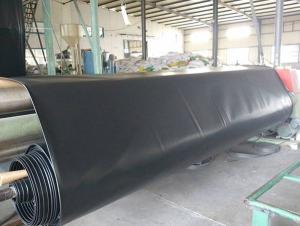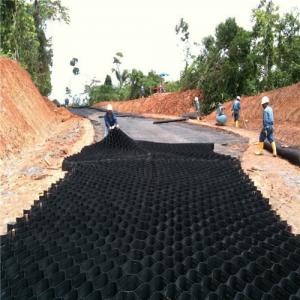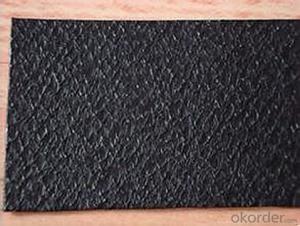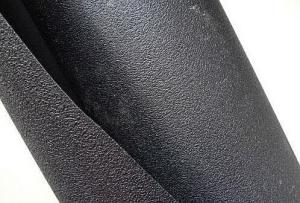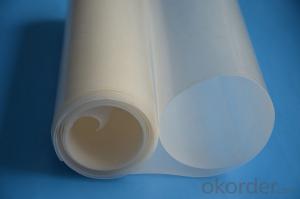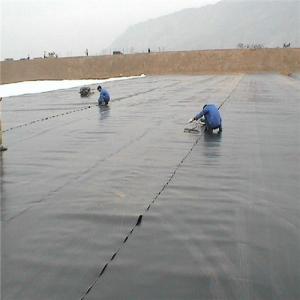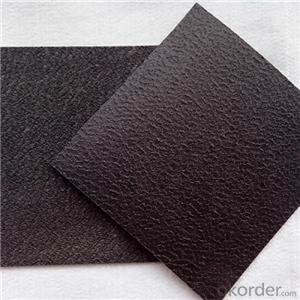Trp Geomembranes
Trp Geomembranes Related Searches
Rpp Geomembrane Tpo Geomembrane Geomembranes Rpe Geomembrane Textured Geomembrane Terpal Geomembrane Xr Geomembranes Geomembrane Tanks Geomembrane Technologies Teranap Geomembrane Hdpe Textured Geomembrane Plastic Geomembrane Pvc Geomembrane Impermeable Geomembranes Geomembrane Thickness Geomembrane Systems Geomembrane Technologies Inc Geomembrane Materials Geomembrane Properties Reinforced Geomembrane Bgm Geomembrane Reinforced Hdpe Geomembrane Permeable Geomembrane Conductive Geomembrane Geomembrane Material Geomembrane Products Geomembrane Hdpe Geomembrane Containment Geomembrane Technologies Inc. Prefabricated GeomembranesTrp Geomembranes Supplier & Manufacturer from China
Trp Geomembranes are a type of high-performance synthetic materials that are widely used in various industries. These membranes are known for their exceptional resistance to chemicals, UV radiation, and mechanical stress, making them ideal for applications such as waste containment, water management, and environmental protection. They are designed to provide a durable and reliable barrier, ensuring the safety and integrity of the projects they are used in.Trp Geomembranes are utilized in a variety of scenarios, including landfill liners, canal linings, reservoirs, and artificial lakes. Their versatility allows them to be tailored to specific project requirements, offering a customized solution for each unique situation. These membranes can be used in both civil and environmental engineering projects, providing a robust and long-lasting barrier that protects the environment and infrastructure.
Okorder.com is a reputable wholesale supplier of Trp Geomembranes, boasting a large inventory that caters to the diverse needs of clients worldwide. With a commitment to quality and customer satisfaction, Okorder.com ensures that the Trp Geomembranes they provide meet the highest industry standards. Their extensive stock allows for quick delivery and efficient service, making them a preferred choice for those in need of reliable geomembrane solutions.
Hot Products

